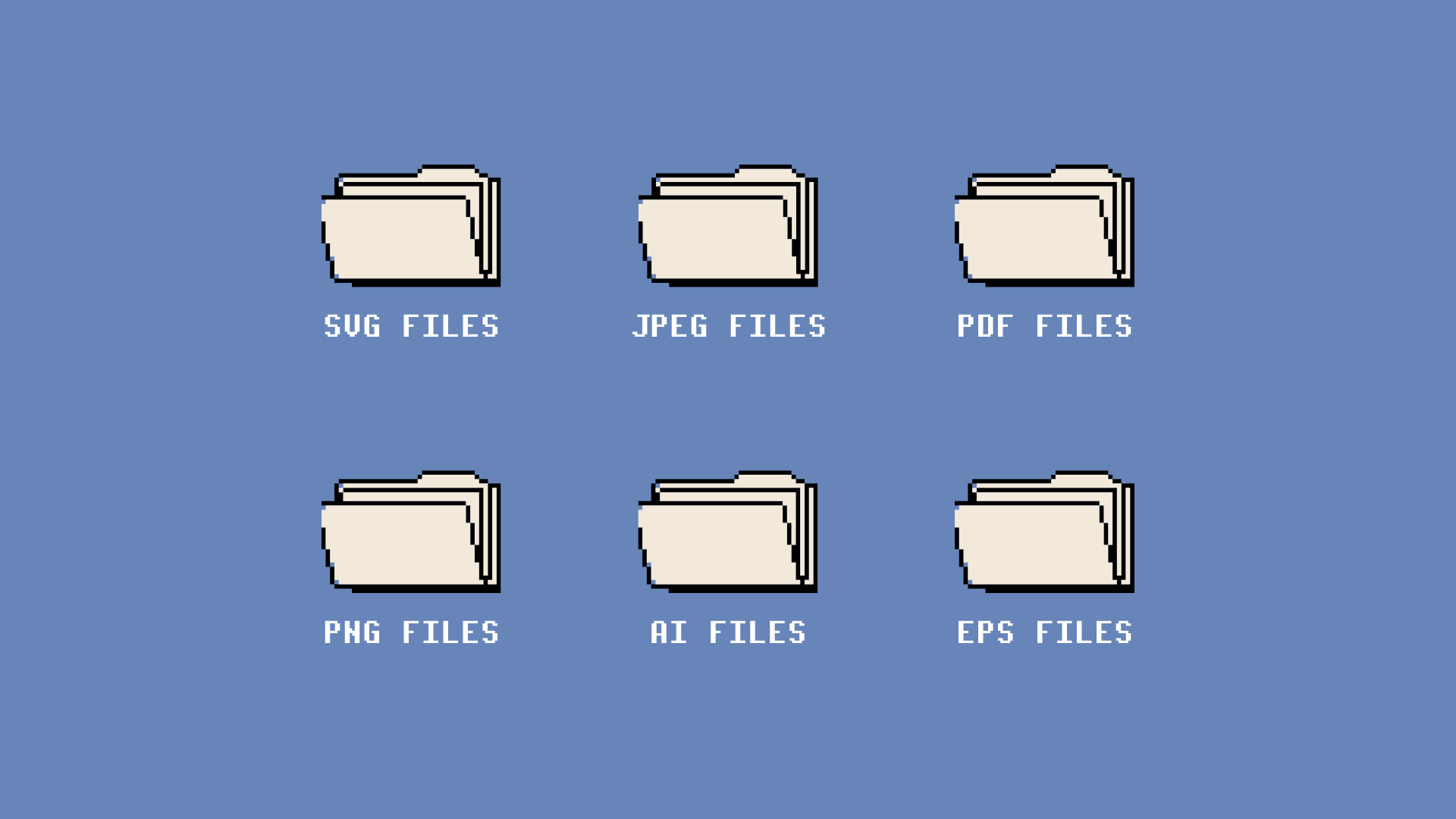File types. The tell-tale sign that we are living in the digital age.
Talk to any designer and you’ll soon understand the value that comes with using different file types… particularly when it comes to logo creation for your business!
The logo. A major identifier for your brand. A symbol, words, or type, which embody your mission and values and showcase the true personality of your business.
Have you considered bringing a designer on board to help you develop yours? While logo creation may be the fun part, dealing with the aftermath of multiple format types can be a common cause for confusion with uncertain users (sound familiar?). Be prepared to receive your logo in a few different file formats which are all useful for their own specific purpose and can be identified by their extension (ie .pdf).
To deliver the best final product, knowing which format to use and when, is key. We decided it was time to break down the most important acronyms for you and hopefully shed a little light on logo file types for our followers ✔️
Let’s talk digital delivery. We recommend sticking to PNG and SVG formats when it comes to digital logo use…
PNG
“Portable Network Graphic”
– Most frequently used for the web, ie. website, social media, web browser
– Web format supports a transparent background
*Remember to: Use the appropriate size and resolution for your platform to avoid pixelation.
SVG
“Scalable Vector Graphic”
– Image file meant for web usage
– Image can be scaled and will maintain quality
*Handy hint: When it comes to web use, SVG will provide a clearer and sharper outcome than PNG or JPG.
*Handy hint #2: Uploading a SVG file into Canva will allow you to change the colours of the image in Canva itself, which will save you uploading alllllll of the files you get into Canva.
Sending your logo to print? In this case, you’ll be best off utilising PDF, EPS and AI file types…
“Portable Document Format”
– A universal file that retains typefaces, images, and formatting of any document in an electronic image
– Can be viewed in a finder window or web browser
*Keep in mind: Because it can be exported for both web and print a PDF file can vary greatly in quality, PDFs can also be ‘flattened’ which means that layers cannot be accessed or edited.
EPS
“Encapsulated Post Script”
– File type meant for print usage
– Can be sized up or down without losing image quality/easy to scale for print
– Supports a transparent background
*Our tip: We suggest sending your logo to print in an AI or EPS version to make it easier for designers on the other end.
AI
“Adobe Illustrator”
– This file is used to create and edit your logo by designers
– Can be modified easily without losing file quality
*Don’t forget: Unless you have the Adobe Illustrator program you won’t be able to view/edit the logo file, but your designer should have this one figured out for you!
– Commonly considered the “working” or “master” file
And of course, we have all crossed paths with our friend the .JPG file before, am I right? These files suit web and print use but are best for photographs.
JPG:
“Joint Photographic Experts Group”
– This picture file can be used for website and social media (commonly used for photos)
– Needs to be formatted correctly to ensure quality resolution
– Web use will require an optimised file, to ensure fast loading time
– Has a white background (if a logo file)
*Did you know?: JPG products require a high-quality format for desktop printing, medium quality for web viewing and low quality for email.
If all of this logo talk has sparked your attention and you’re considering a refresh for your brand, then reach out to our team. We would be more than happy to have a no-strings-attached chat with you about the direction you’re heading in with your business (and your branding)!

